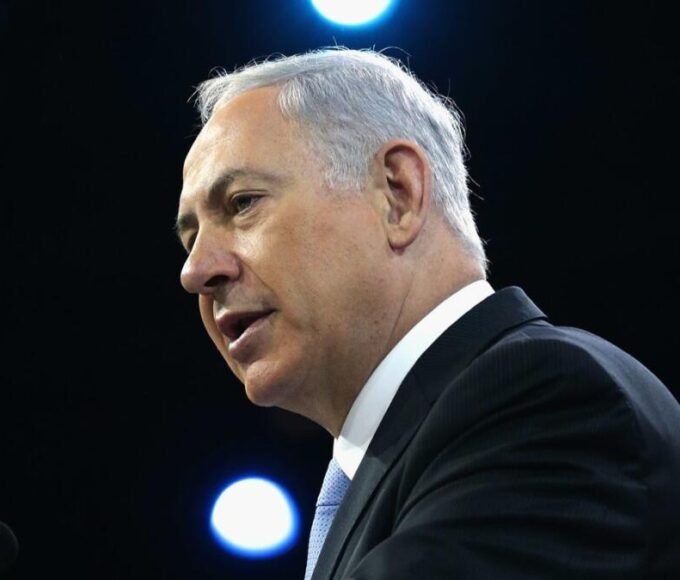Table of Contents
Balancing Energy Needs and Geopolitical Pressure
India’s energy story in 2025 is one of complexity and courage. As the world grapples with shifting alliances and economic friction, India stands firmly at a crossroads—determined to secure its energy future while navigating rising US tariffs aimed at its oil imports. The stakes are high: energy security, economic growth, and national sovereignty all intertwine.
India’s increasing imports of Russian oil have not gone unnoticed. The United States responded with tariffs, pressuring India to reconsider, but India’s stance is clear—it will put its national interests first, drawing red lines where necessary while engaging with partners pragmatically.
The Surge in Russian Oil Imports
Since the conflict in Ukraine began, India has dramatically increased its imports of Russian crude oil. Russian oil, often discounted due to sanctions and price caps, has become a key source for India to meet its expanding demand affordably. State-owned and private refiners, including giants like Reliance Industries, have increasingly turned to Russian reserves, accounting for a significant share of India’s total crude oil imports.
This strategy supports India’s economic ambitions, helping stabilize fuel prices and ensure steady refinery operations. The arrangement is also intricately linked to traditional defense and diplomatic ties with Russia, an enduring partner for decades.
The US Tariffs and Their Implications
The US government, citing concerns about funding Russia’s military efforts through oil purchases, escalated pressure by imposing additional tariffs on Indian goods, effectively doubling the duty rates on Indian exports. These tariffs pressure Indian refineries to curtail Russian purchases.
However, India’s response has been measured. Instead of halting imports outright, Indian refiners plan modest reductions, balancing the desire to maintain energy security while managing diplomatic complexities with the US.
The tariffs highlight a clash of priorities—Washington’s geopolitical concerns versus New Delhi’s economic and strategic needs.
India’s Message: Autonomy Above All
India’s leadership stresses that trade decisions must serve its people’s interests first. The phrase “country first, commerce later” captures the mood shaping policy decisions. Indian officials underscore that energy security cannot be compromised and that oil diplomacy must reflect India’s unique geopolitical realities.
New Delhi views the US tariffs as an external pressure that cannot force abrupt shifts harming its economy. Instead, India seeks gradual adjustments that minimize energy disruptions while navigating complex international relations.
Economic Realities and Resilience
India’s growing population and industrial ambitions fuel skyrocketing energy demand. Diversifying oil sources remains critical, and while Russian crude has been a key piece of the puzzle, India also imports more from the US, Middle East, and Africa.
This diversified approach helps mitigate risks and maintain stability amid global supply chain uncertainties and shifting tariffs. Indian refiners continue modernizing capacity, striving for efficiency and sustainability while keeping fuel prices manageable for consumers.
The resilience built over years of balancing competing pressures proves invaluable today.
Diplomacy and the Road Ahead
Despite tariff tensions, dialogues between India and the US continue. Both sides recognize the importance of a strategic partnership founded on mutual respect and shared goals. Trade tensions, while serious, are seen as temporary hurdles rather than permanent blocks.
India is keen on deepening cooperation with global partners while translating external challenges into opportunities for domestic growth and innovation.
The Human Side of Policy
Behind charts and tariffs are millions of families for whom affordable fuel means livelihood, transport, and daily needs. Policymakers and business leaders alike understand that energy decisions carry profound social impacts.
India’s quest for energy autonomy is not merely a political statement—it is a reflection of ambitions to build a prosperous future for its people, where energy shortages and price shocks do not derail progress.
Autonomy as a Guiding Principle
India’s stance represents a broader philosophy of self-reliance and strategic independence. The push to secure diversified energy supplies, invest in renewables, and create robust domestic industries fits into this vision.
Drawing red lines is a statement of sovereignty—India declares that global pressures will not dictate its fundamental policy choices. Instead, India will chart a course reflecting its values, needs, and long-term vision.
Challenges on the Horizon
The path ahead is not without challenges. Managing the balance between external pressure and internal priorities requires skilled diplomacy and flexible economic policies. Navigating a volatile energy market and unpredictable geopolitical landscape demands vigilance and innovation.
India must also address environmental concerns, modernize infrastructure, and foster sustainable consumption patterns in pursuit of true energy security.
Conclusion: A New Chapter of Confidence and Control
India’s approach to US tariffs and oil imports in 2025 reveals a nation asserting its agency with confidence and clarity. Energy autonomy, economic resilience, and strategic diplomacy converge in a vision of progress that prioritizes people first.
This is a story of pragmatism and principle, where India draws red lines not as walls of resistance but as foundations for future partnership on its own terms. As the world watches, India’s journey offers lessons in balancing global realities with national dreams, forging a pathway toward secure, sovereign prosperity.
Read More: US Restricts China Flights: A Turning Point for Aviation Growth











Leave a comment